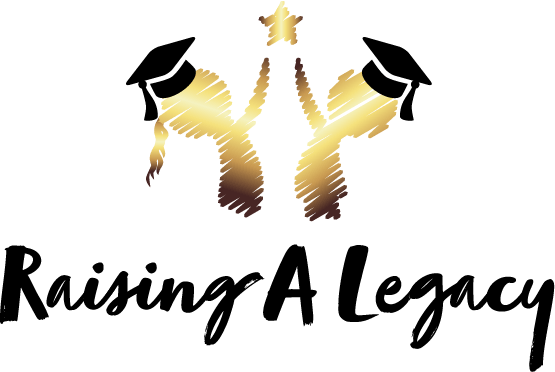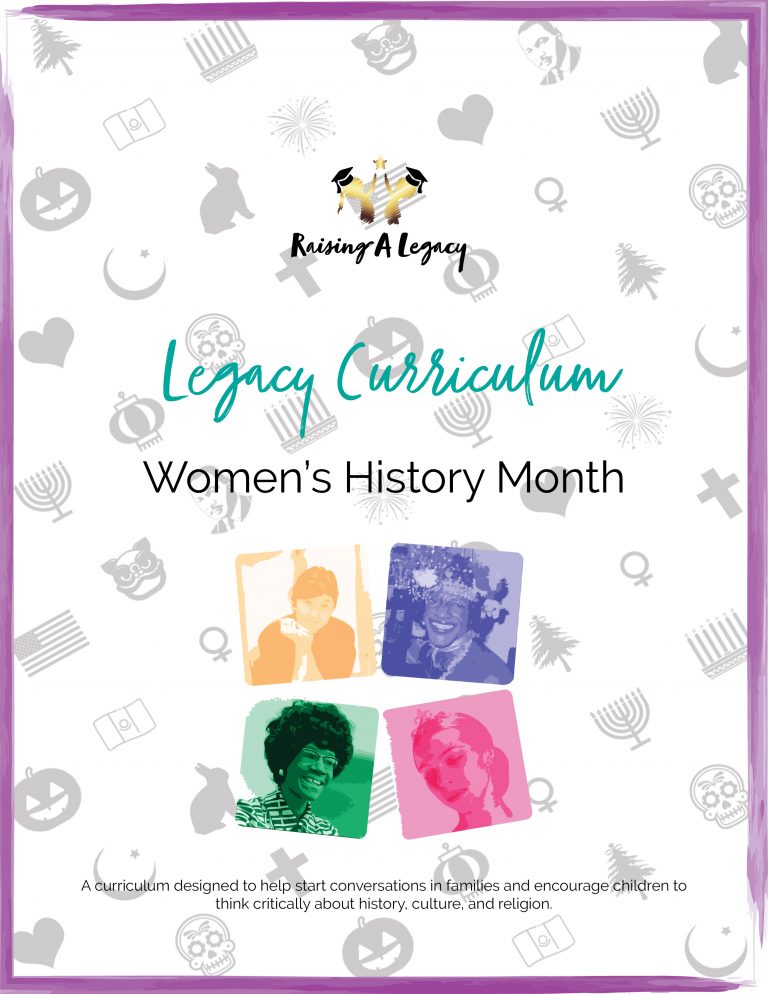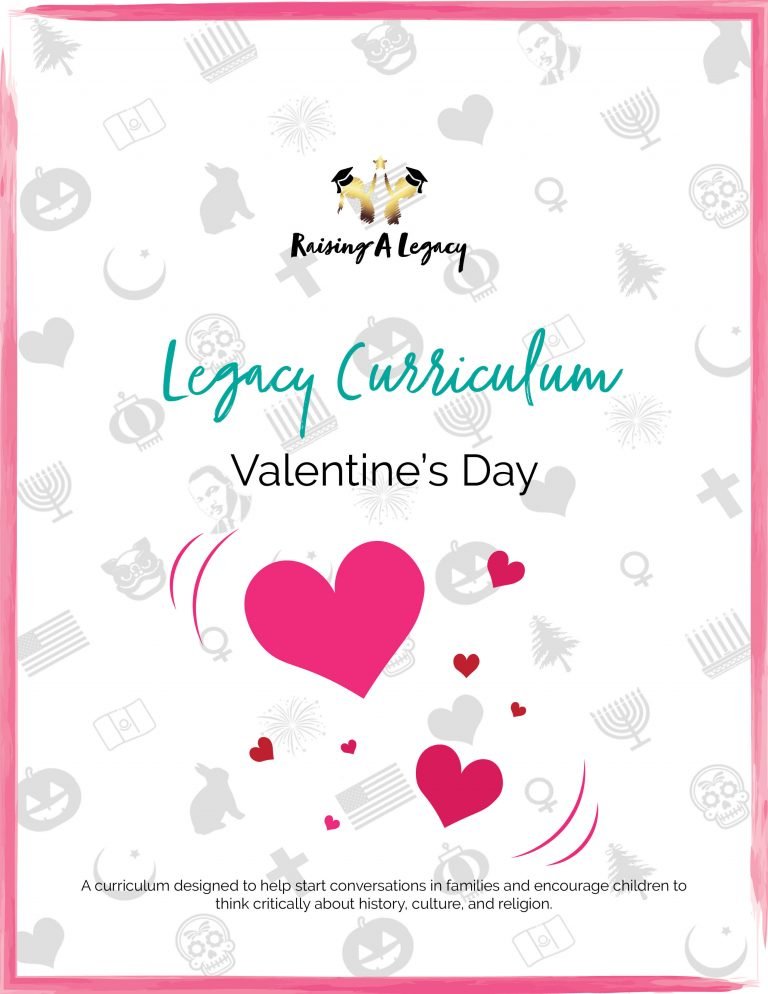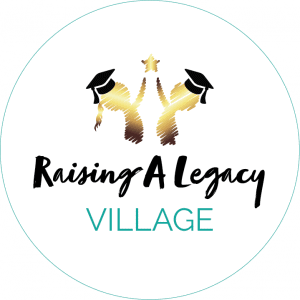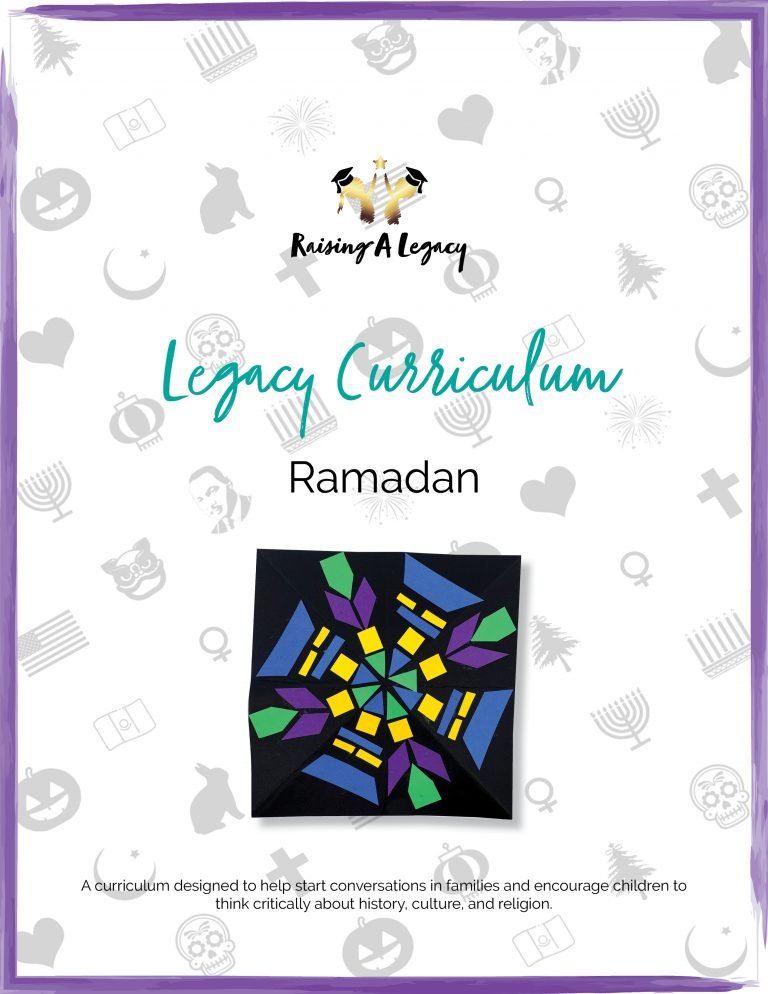
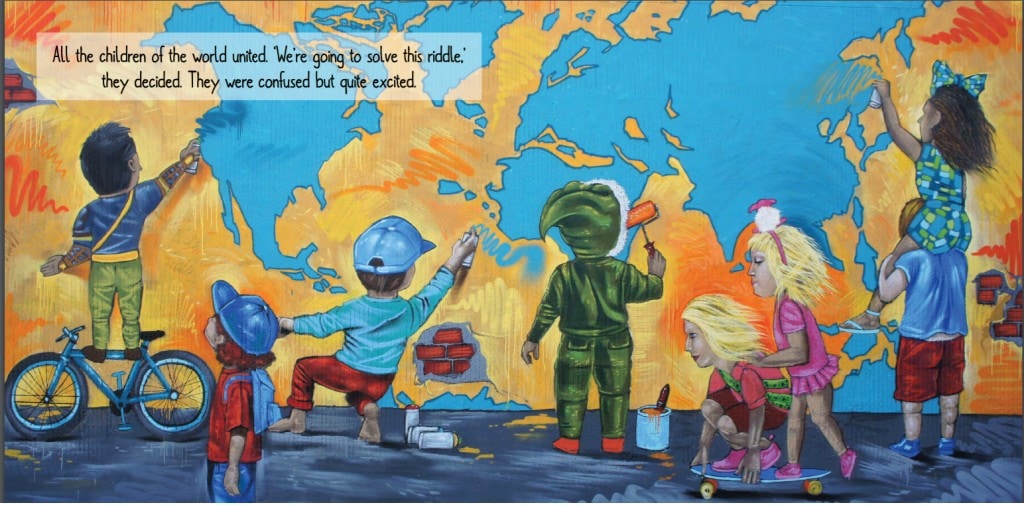
Interview with Elisavet from Malta Mum
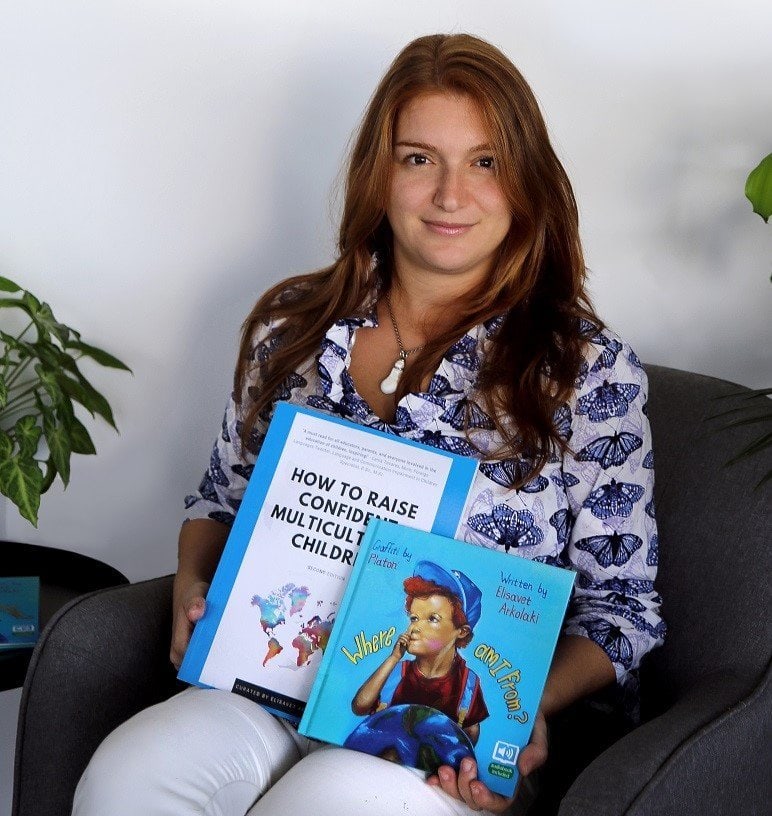
Tell me about yourself and what you are passionate about.
I’m a global learning advocate, and my interests involve reading and writing, languages, marketing, and traveling. I’m particularly interested in helping kids grow up with a global mindset and a positive, solid sense of self.
You put together the guide, “How to Raise Confident Multicultural Children.” Why was this important for you to do, and what are some things you have learned from this project?
I grew up in a monolingual and monocultural environment in Greece where other languages were acquired as ‘foreign languages’. Fast forward to today, I am a parent of kids who are raised with multiple languages and cultures since birth, and this environment is their everyday normal. Since my upbringing doesn’t allow me to draw on relevant experiences, I started asking questions from early on. How can my kids grow up and feel confident, secure in themselves, and with a stable sense of identity? How can I assist them with multiple language acquisition which in turn will help them create deep bonds with our friends and families abroad? How can I help them grow up feeling proud of their heritage and secure in their differences? What started as a 40-page short guide, has now been developed into a book. It features full chapter contributions by diverse voices and several experts in fields related to multiculturalism, multilingualism, race, life overseas, and so on.
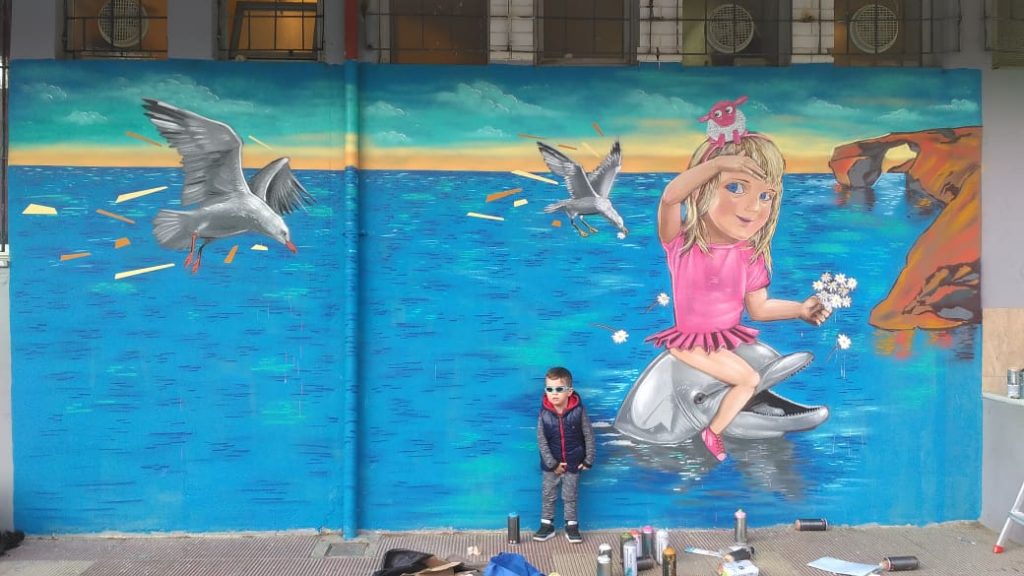
Can you explain what multiculturalism is, and why it is important?
I will reply here with extracts from my chapter ‘The debate over multiculturalism and what we can learn from the Canadian model’
“With country leaders openly opposing multiculturalism, using claims that it undermines social cohesion and local cultural values, many people are wondering whether this holds true. Questions like the following are not uncommon. Does the acceptance of multiculturalism pose a threat to integration? Is it realistic to expect a thriving, unified community when we adhere to positive public acknowledgment, full acceptance, and tolerance of the ethnic, cultural and religious differences?
From an academic perspective, the following three-part definition of multiculturalism is presented in – George Crowder, Theories of Multiculturalism: an Introduction, Polity Press, 2013.
- Multiculturalism starts with the observation that most contemporary societies are ‘multicultural’ – that is, they do in fact contain multiple cultures.
- More distinctively, multiculturalists respond to that fact as something to approve of rather than opposing or merely tolerating.
- More distinctively still, multiculturalists argue that the multiplicity of cultures within a single society should be not only generally approved of but also given positive recognition in the public policy and public institutions of the society.
Multiculturalism has many faces. We have Demographic Multiculturalism, Multiculturalism as Political Philosophy and Multiculturalism as Public Policy. These faces can vary greatly from one country to another. Different people, minority and majority groups perceive and translate the concepts and policies very differently.
{…}
Tamara Yousry noted in her chapter titled ‘Crossing the Deep Cultural Divide’ that “monocultural groups and teams are becoming a thing of the past. In today’s contemporary, globalized world, multicultural groups are the norm.” People will keep on crossing borders, falling in love, having children, and we need to learn how to coexist with each other in a respectful and caring manner. Instead of looking at countries where integration is failing us and where the blame for that is put on multiculturalism, we can look up to others who are succeeding and learn from them. Could Canada be the key?
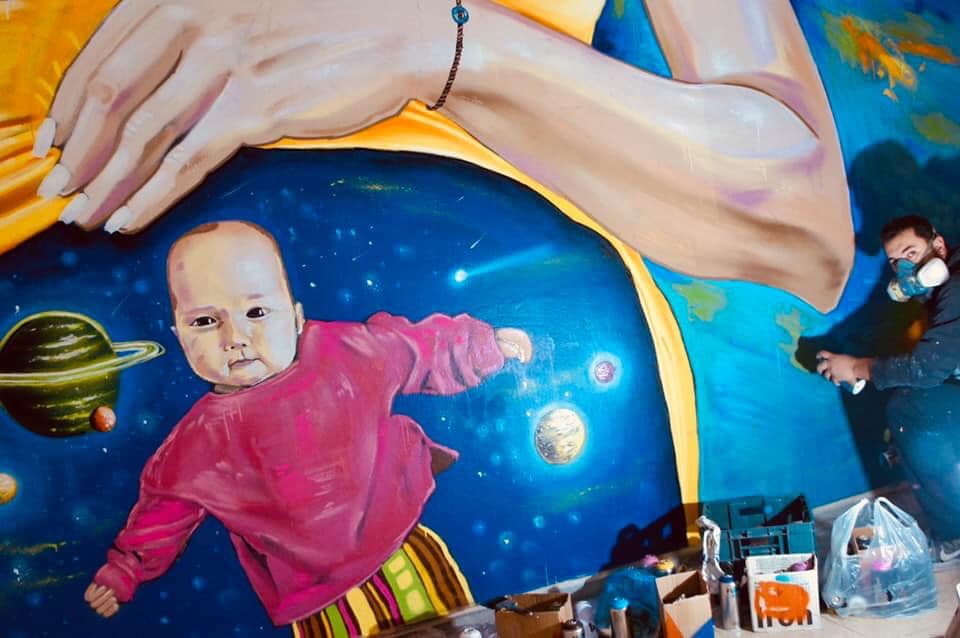
How do you put it into practice with your own children?
It’s only natural for us, it is our normal way of being. Our friends are from all over the world, we work with people located in different countries, our first kid was born in Malta to a Norwegian father and a Greek mother, our second kid was born in Norway where we currently live, we spend months at a time in Greece and Thailand. We have a set of grandparents in Greece and one in Norway. We speak English, Greek and Norwegian on a daily basis.
How do you recommend parents teach children about other cultures that are not dominant in society?
Books are such a powerful tool. They help our children to make sense of their homes, communities, the world at large. I am particularly fond of books featuring folklore stories, books with diverse characters, stories that have various world settings as their background. Parents can also watch documentaries with their children, cartoons influenced by other cultures, do crafts inspired by other cultures, cook international dishes. Any of these can help initiate discussions about other cultures.
Also, if our children have friends of mixed heritage, we shouldn’t shy away from their questions. Curiosity is a good thing. As Dr. Brigitte Vittrup noted in the section ‘Dealing with Prejudice’ in the book ‘How to Raise Confident Multicultural Children’, “we need to deal with our own personal discomfort and engage our children in a conversation on these issues. Subjects that we might consider as ‘sensitive’ are in fact the most important ones to be addressed. The objective here is not to come up with the perfect answers; there aren’t any.
{…}
In my research, I have asked many parents and teachers about the types of race-related conversations they have with children.
Often, the responses include statements such as “It doesn’t matter what people look like,” “We’re all the same on the inside,” and “God loves everyone.” These are well-intended statements, but unfortunately, they don’t convey any practical messages to children about race or culture. To be effective, conversations have to be direct, explicit, and continuous across time.”
This is another extract from the book, in the words of Dr. Vittrup:
“When talking to children about race-related issues:
● Be honest and factual. You may not always have the answer to children’s questions, but that is okay. If you have to look up information or even say “I don’t know – let’s find out”, it leads children to believe that their questions are valid, and this is a topic that is okay to discuss.
● Present the information in an age-appropriate manner. Young children understand the concepts of fairness and being nice to others. Older children understand more complex concepts about stereotypes, prejudice, and discrimination.
● Ask children what they know and what they think. State the facts and engage children in conversation. For example, “Some people don’t like….”, “Some people think that [minority group] are…”, “Have you seen/heard [news, events, experiences]?” and then ask “What do you think about that?” or “What would you say/do if you saw/heard…?”
● Use books, videos, websites, or news stories as springboards for conversations. Discuss the topics presented and then branch off to discuss how this relates to your own life and experiences, about what is right and wrong, and what we can do to make things better.”
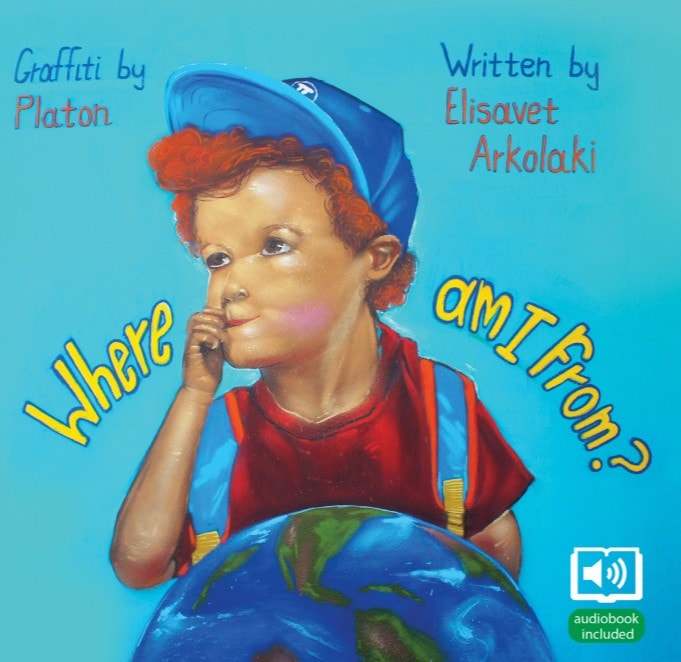
You are also the author of the children’s book “Where am I From?” I love how you include a section at the end that encourages children to send their thoughts about the story. Can you tell us more about the book, and what you hope to teach children with it?
Thank you. Yes, I love hearing from kids and their parents :). Primarily, my wish is that the kids will have a great time while reading the book, their curiosity will be aroused, and they will marvel at the wonderful art.
Where am I from? This is the world’s first children’s picture book illustrated entirely with freehand, life-size, spray paint graffiti. Most of the murals have been painted in public primary schools by the artist Platon.
The story begins – All the children of the world united. “We’re going to solve this riddle,” they decided. They were confused but quite excited.
Each child thinks they know where they all come from – the country where they live. But how can that be since they all live in different places? From Malta to Australia, the children describe their mode of transportation which include swimming with a dolphin, flying on a dragon, and riding on a lion’s back. None of them, however, can agree on the one place they are all from until the youngest child reveals the answer.
According to Claire Annette Noland, a children’s librarian, reading specialist, and an author of easy readers, board books, and picture books for young children:
‘Why this WHERE AM I FROM? should be added to your shelves:
- It includes a wonderful group of diverse children with mixed cultural and linguistic heritages.
- Each spread shows a child with a background setting and animals from their country of origin.
- The children travel to their destination in fabulous ways mixing fantasy with fact. Who wouldn’t want to hop in a kangaroo’s pocket?
- The detailed graffiti illustrations will entice children to find new things with each rereading.
- This book will be a good addition to elementary school geography, art, and social studies curriculum and will encourage lively discussions.
- The text is lyrical and kid-friendly and perfect for emerging readers.
- The children are painting a mural of the world. I think maps should be in all books!’
You can read her review in full here.
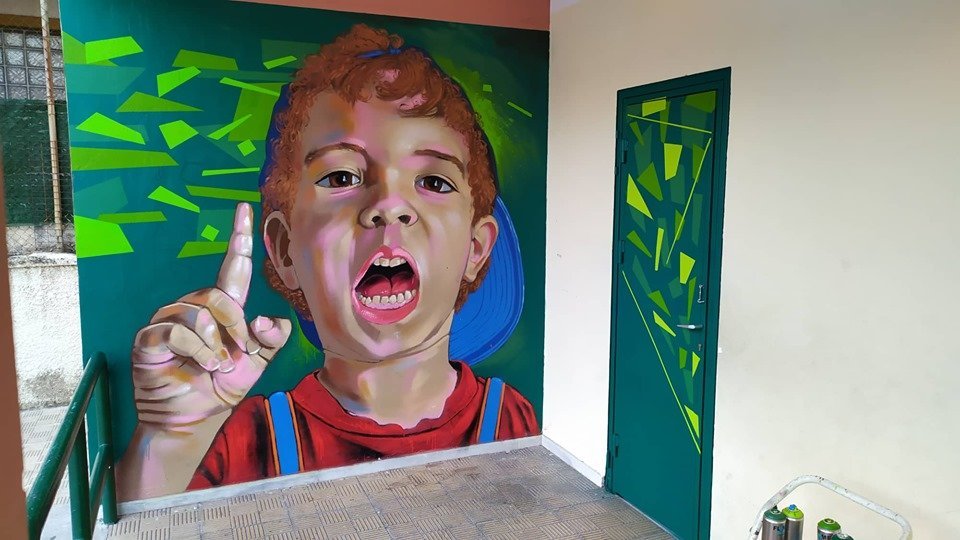
The book is so beautifully written and illustrated. It is the first book that has been illustrated entirely with freehand, spray paint graffiti, unique to this book. Why did you choose to use this medium, and what do you think it contributes to the story?
Thank you so much. I am so happy you like it :). From a creative standpoint, freehand spray paint graffiti has never been used before as a medium for illustrating an English children’s picture book. We’re the very first ones, to our knowledge, to do that. We wanted to do something different, something newsworthy which would bring topics that the book deals with in the spotlight. Street art is a tool for asking the difficult questions and expressing concerns on crucial matters for the society which is in par with the story. Where am I from? brings home the concept that we are more alike than we are different. What better way than a picture book with a universal theme and positive message, packed with lovely graffiti, to introduce such concepts to our young ones?

Asking, where am I from, is a common question for children that don’t fit the common stereotype of a country. Does this question come up in your family and how do you answer it?
Yes, it does. It comes up when we interact with people for the first time, it comes up when other kids hear us speaking another language, it comes up at home. Our eldest identifies more for now as a Norwegian, and our youngest who’s 3 1/2, still has little clue about all this. When we came back from Thailand for instance last January, she answered ‘I’m from Thailand’ which is partly correct since she was conceived there :). I started working on this project when our girl was a baby and our boy around four.
You and your husband speak 3 different languages. How do you balance exposing them all to your children?
Actually, we speak different languages. Roy speaks Norwegian, Swedish and English, and I speak Greek, French, and English. Our only common language is English, and now I have reached a beginner’s level in Norwegian. Roy communicates with the kids in Norwegian, I talk to them in Greek, and in between us we speak English. Erik will answer in any of the three languages, though he tends to prefer Norwegian and Greek, and Nelly only in Norwegian to Roy and in Greek to me. We speak these three languages on a daily basis. Our eldest also understands Swedish and has picked up some Thai along the way. Here I wrote a while back a blog post about our journey raising multilingual children where I addressed some of our struggles, and here about my husband speaking a language I don’t understand with our children and that it’s OK.
What are the benefits of being bilingual? What ways can we encourage children to be bilingual?
There’s tons of research supporting the claims that there are indeed many benefits in speaking more than one language. Here’s an interesting paper titled ‘The Cognitive Benefits of Being Bilingual‘ by Viorica Marian, Ph.D., and Anthony Shook. And here’s the introductory paragraph “Today, more of the world’s population is bilingual or multilingual than monolingual. In addition to facilitating cross-cultural communication, this trend also positively affects cognitive abilities. Researchers have shown that the bilingual brain can have better attention and task-switching capacities than the monolingual brain, thanks to its developed ability to inhibit one language while using another. In addition, bilingualism has positive effects at both ends of the age spectrum: Bilingual children as young as seven months can better adjust to environmental changes, while bilingual seniors can experience less cognitive decline.”
Kids of monolingual parents can also become multilingual; they can attend after school courses with private tutors or attend language schools depending on what’s available in the area and country where they live in. This is how I began my journey of learning English and French. As a kid, I had 1-2 hour courses per language per week at school, and then after school, I attended a language school for about 4 hours on average per week per language. I did my Bachelor degree in French, and my Masters in English. I will never be able to speak these languages as a native speaker, but I can communicate effectively. In hindsight, this expanded linguistic knowledge was my ticket to moving to foreign countries and to many more opportunities.
Thank you so much for your time! To close, can you share your most valuable piece of advice for parents?
When you’re in doubt, ask questions <3. We’re not alone in this journey.
******************
Social media
Blog www.maltamum.com
Free activities and printables for kids: http://maltamum.com/stuff-for-kids/
FB @MaltaMum
FB group about the books https://bit.ly/2ImApAJ
IG Elisavet_Arkolaki
Twitter @TheRedPandas
******************
Short bio
The trickiest question you can ask author Elisavet Arkolaki and her family is ‘Where are you from?’ because they are from everywhere! Passionate about travel and inspired by global learning, she raises her own children in-between countries, cultures, and languages. She writes to build cultural understanding and sensitivity in young children while they are still eager to learn. You will find her blogging on www.maltamum.com.
Artist’s short bio
Platon is an artist and a father who lives with his family in Greece. He is self-taught and started painting on walls in 1997 when he was just 14 years old. Although he’s been experimenting with all sorts of mediums, spray painting graffiti characters is what he loves the most. These are his first book illustrations. You can find him on Facebook @platon1997
Subscribe!
Get updates on what’s happening here at RAL.
Curriculum Packets
Find the perfect story and the activities to match.
-
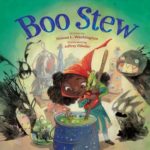 Boo StewDecember 7, 2021/0 Comments
Boo StewDecember 7, 2021/0 Comments -
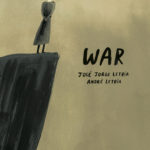 WarDecember 7, 2021/
WarDecember 7, 2021/ -
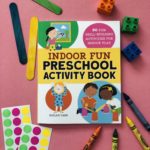 Indoor Fun Preschool Activity BookDecember 7, 2021/
Indoor Fun Preschool Activity BookDecember 7, 2021/
Tags
Categories
- Create
- History Curriculum Reviews
- Learn
- Read
- Black History Month Books
- Book Reviews
- activity book
- asian american and pacific islander
- black history month
- Cancer
- national hispanic heritage month
- Native American Heritage Month
- nurse week
- Picture Books
- Podcasts
- Pride
- Problematic Books
- Science
- Social Studies
- social-emotional learning
- Valentine's Day
- womans history month
- Women's History Month
- young adult
- Christmas Books
- Cinco de Mayo Books
- Halloween Books
- Hanukkah Books
- Juneteenth Books
- Kwanzaa Books
- Thanksgiving Books
- Valentine's Day Books
